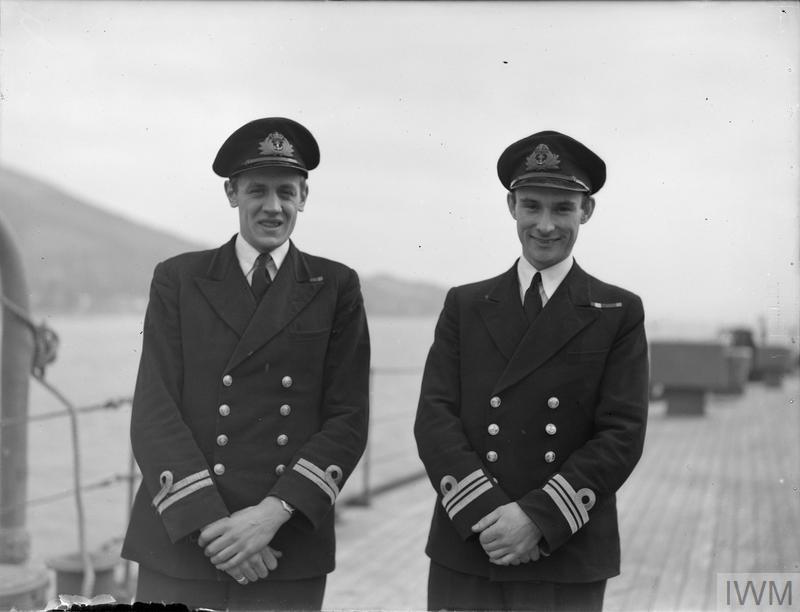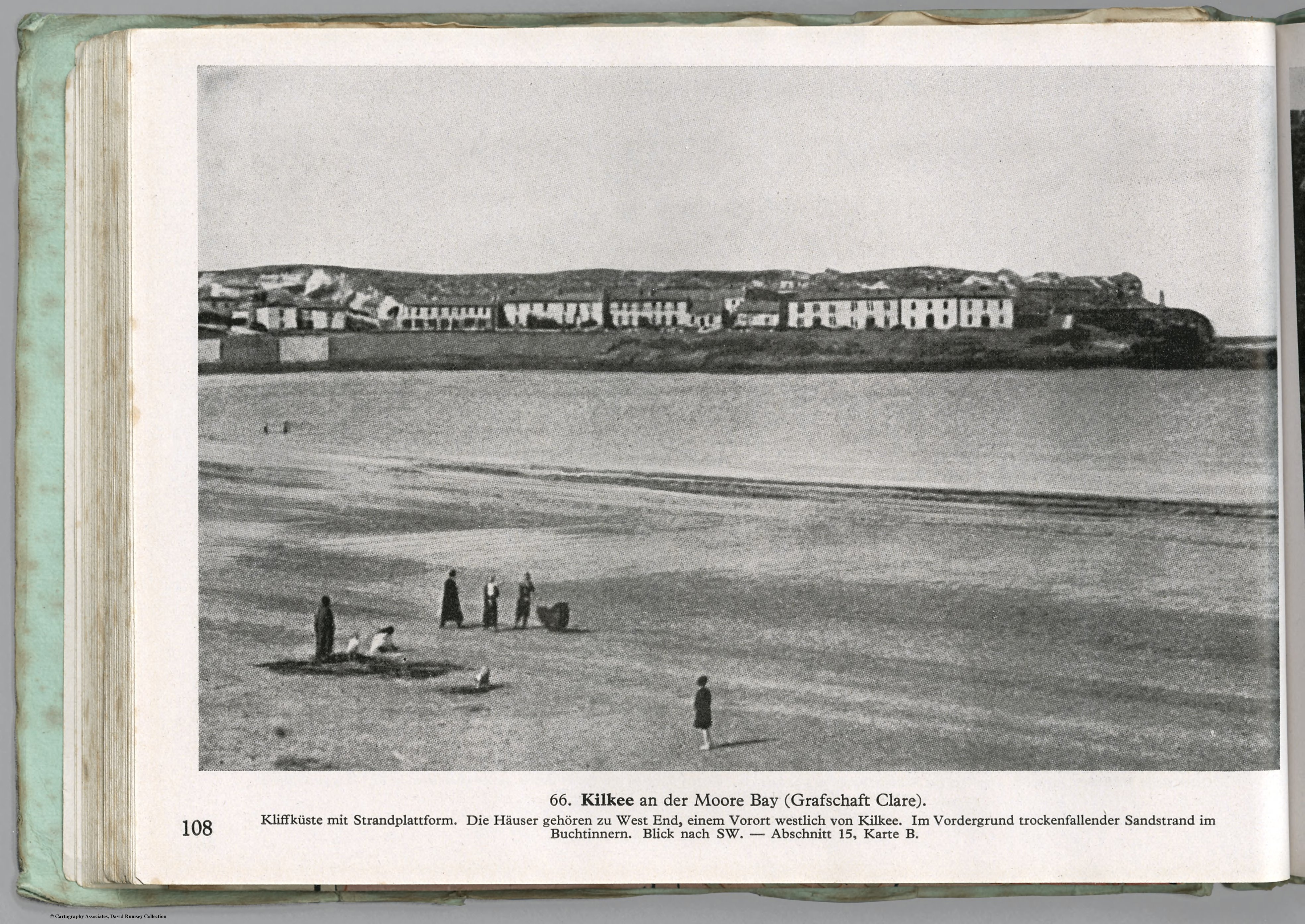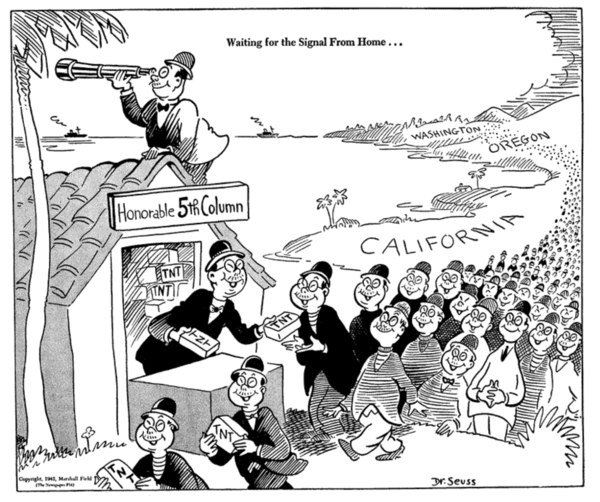|
Ulster Defence Volunteers
The Ulster Defence Volunteers (UDV) and later the Ulster Home Guard were a force recruited by the Government of Northern Ireland to perform the role of the Home Guard in Northern Ireland during World War II. The UDV was recruited following the formation of the Home Guard in Britain around May 1940. Due to concerns about the possibility of inadvertently training Irish republicans, the UDV was formed from members of the Ulster Special Constabulary (USC) (also known as the 'B' Specials during the period) rather than volunteers from all sections of the community as in the rest of the United Kingdom. Genesis of the force The Prime Minister of Northern Ireland, James Craig, 1st Viscount Craigavon, told his cabinet in May 1940 before a force like the Home Guard could take place, problems had to be addressed;"There were grave objections... to the establishment here of a local Volunteer Defence Corps, on the basis adopted in Britain." The grave objections Craigavon spoke about were th ... [...More Info...] [...Related Items...] OR: [Wikipedia] [Google] [Baidu] |
Northern Ireland
Northern Ireland ( ga, Tuaisceart Éireann ; sco, label= Ulster-Scots, Norlin Airlann) is a part of the United Kingdom, situated in the north-east of the island of Ireland, that is variously described as a country, province or region. Northern Ireland shares an open border to the south and west with the Republic of Ireland. In 2021, its population was 1,903,100, making up about 27% of Ireland's population and about 3% of the UK's population. The Northern Ireland Assembly (colloquially referred to as Stormont after its location), established by the Northern Ireland Act 1998, holds responsibility for a range of devolved policy matters, while other areas are reserved for the UK Government. Northern Ireland cooperates with the Republic of Ireland in several areas. Northern Ireland was created in May 1921, when Ireland was partitioned by the Government of Ireland Act 1920, creating a devolved government for the six northeastern counties. As was intended, Northern Ireland ... [...More Info...] [...Related Items...] OR: [Wikipedia] [Google] [Baidu] |
Geneva Conventions
upright=1.15, Original document in single pages, 1864 The Geneva Conventions are four treaties, and three additional protocols, that establish international legal standards for humanitarian treatment in war. The singular term ''Geneva Convention'' usually denotes the agreements of 1949, negotiated in the aftermath of the Second World War (1939–1945), which updated the terms of the two 1929 treaties and added two new conventions. The Geneva Conventions extensively define the basic rights of wartime prisoners (civilians and military personnel), established protections for the wounded and sick, and provided protections for the civilians in and around a war-zone; moreover, the Geneva Convention also defines the rights and protections afforded to non-combatants. The treaties of 1949 were ratified, in their entirety or with reservations, by 196 countries. The Geneva Conventions concern only prisoners and non-combatants in war; they do not address the use of weapons of war, whic ... [...More Info...] [...Related Items...] OR: [Wikipedia] [Google] [Baidu] |
Arthur Hezlet
Vice-Admiral Sir Arthur Richard Hezlet (7 April 1914 – 7 November 2007), nicknamed Baldy Hezlet, was a decorated Royal Navy submariner. He became the Royal Navy's youngest captain at the time – aged 36 – and its youngest admiral, aged 45. In retirement he became a military historian. He was a recipient of the Order of the British Empire, the Most Honourable Order of the Bath, the Distinguished Service Order and Bar, the Distinguished Service Cross, and the Legion of Merit. Early life Hezlet was born in Pretoria, South Africa, to Major-General Robert Knox Hezlet, CB, CBE, DSO and Josepha Dorothy Hezlet (née Arter). His father had a distinguished career in the British Army including appointments as director of artillery at the War Office (1930 to 1934) and in India (1934 to 1938). Hezlet joined the Royal Navy in January 1928, aged 13. He attended the Royal Naval College, Dartmouth and the Royal Naval College, Greenwich, and went to sea in 1932, serving as a midshipman ... [...More Info...] [...Related Items...] OR: [Wikipedia] [Google] [Baidu] |
The Emergency (Ireland)
The Emergency ( ga, Ré na Práinne / An Éigeandáil) was a state of emergency in Ireland in the Second World War, throughout which Ireland remained neutral. It was proclaimed by Dáil Éireann on 2 September 1939, allowing the passage of the Emergency Powers Act 1939 by the Oireachtas the following day. This gave sweeping powers to the government, including internment, censorship of the press and correspondence, and control of the economy. The Emergency Powers Act lapsed on 2 September 1946, although the Emergency was not formally ended until 1976. Background of the Emergency On 6 December 1922, following the Anglo-Irish Treaty that ended the War of Independence, the island of Ireland became an autonomous dominion, known as the Irish Free State. On 7 December 1922, the parliament of the six north-eastern counties, already known as Northern Ireland, voted to opt out of the Irish Free State and rejoin the United Kingdom. This Treaty settlement was immediately followed by the bitt ... [...More Info...] [...Related Items...] OR: [Wikipedia] [Google] [Baidu] |
Plan Kathleen
Plan Kathleen, sometimes referred to as the Artus Plan, was a military plan for the invasion of Northern Ireland by Nazi Germany, sanctioned in 1940 by Stephen Hayes, Acting Irish Republican Army (IRA) Chief of Staff. Plan Kathleen is distinct from Operation Green, the German military plan to invade Ireland, also drawn up in 1940. Immediate context Kathleen took place in the context of then IRA chief of staff, Seán Russell, being ''incommunicado'' in the United States as he pursued the propaganda arm of the S-Plan. Russell was attempting to arrange passage to Berlin (see Operation Dove), having left Stephen Hayes as Acting Chief of Staff back in Ireland. While Russell's movements were unknown to Hayes, he sanctioned the drawing up an invasion plan to end partition and reunify the island of Ireland. The plan was written by an IRA volunteer called Liam Gaynor. Gaynor created the plan in early 1940, sometime before it was decided to send the plan to Nazi Germany via courier. H ... [...More Info...] [...Related Items...] OR: [Wikipedia] [Google] [Baidu] |
Operation Green (Ireland)
Operation Green (german: link=no, Unternehmen Grün) often also referred to as Case Green () or Plan Green (), was a full-scale operations plan for a Nazi German invasion of Ireland planned by an unknown German officer known by the alias "Hadel" in support of Operation Sea Lion (), the invasion of the United Kingdom, during World War II. Despite its detailed nature, Operation Green is thought to have been designed only as a credible threat, a feint, not an actual operation. Plan W, a planned occupation of all of the Free State by the British Armed Forces, was drafted by the British military in secret liaison with the Irish government to counteract any German invasion. German interest in Green and Operation Sea Lion must always be understood in the context of their overall strategic plan. That, first and foremost, was Operation Barbarossa, the invasion and destruction of the Soviet Union. They had little interest in tying up military resources in Britain or France, other than do ... [...More Info...] [...Related Items...] OR: [Wikipedia] [Google] [Baidu] |
Irish Republican Army–Abwehr Collaboration
The Irish Republican Army (IRA), a paramilitary group seeking to remove Northern Ireland from the United Kingdom and unify Ireland, shared intelligence with the '' Abwehr'', the military intelligence service of Nazi Germany, during the Second World War. Context Conquest of Ireland was not a strategic goal for Nazi Germany before or during World War II. A plan existed for a potential invasion of Ireland, Operation Green, but it was more a diversionary tactic than an actual plot to take over the territory. What Nazi Germany hoped was to see Ireland remain neutral. When German attempts to gain air superiority over Great Britain as part of the Battle of Britain, seen as a potential precursor to Operation Sea Lion, were repulsed Ireland largely ceased to be of much interest. IRA-''Abwehr'' involvement throughout the period can be broken up into three phases: * Coordination missions with the IRA preceding the French campaign, * Military missions directed against Britain for the ... [...More Info...] [...Related Items...] OR: [Wikipedia] [Google] [Baidu] |
Belfast Blitz
The Belfast Blitz consisted of four German air raids on strategic targets in the city of Belfast in Northern Ireland, in April and May 1941 during World War II, causing high casualties. The first was on the night of 78 April 1941, a small attack which probably took place only to test Belfast's defences. The next took place on Easter Tuesday, 15 April 1941, when 200 ''Luftwaffe'' bombers attacked military and manufacturing targets in the city of Belfast. Some 900 people died as a result of the bombing and 1,500 were injured. High explosive bombs predominated in this raid. Apart from those on London, this was the greatest loss of life in any night raid during the Blitz. The third raid on Belfast took place over the evening and morning of 45 May 1941; 150 were killed. Incendiary bombs predominated in this raid. The fourth and final Belfast raid took place on the following night, 56 May. In total over 1,300 houses were demolished, some 5,000 badly damaged, nearly 30,000 slightly dam ... [...More Info...] [...Related Items...] OR: [Wikipedia] [Google] [Baidu] |
Guerilla Warfare
Guerrilla warfare is a form of irregular warfare in which small groups of combatants, such as paramilitary personnel, armed civilians, or irregulars, use military tactics including ambushes, sabotage, raids, petty warfare, hit-and-run tactics, and mobility, to fight a larger and less-mobile traditional military. Although the term "guerrilla warfare" was coined in the context of the Peninsular War in the 19th century, the tactical methods of guerrilla warfare have long been in use. In the 6th century BC, Sun Tzu proposed the use of guerrilla-style tactics in ''The Art of War''. The 3rd century BC Roman general Quintus Fabius Maximus Verrucosus is also credited with inventing many of the tactics of guerrilla warfare through what is today called the Fabian strategy. Guerrilla warfare has been used by various factions throughout history and is particularly associated with revolutionary movements and popular resistance against invading or occupying armies. Guerrilla tactics fo ... [...More Info...] [...Related Items...] OR: [Wikipedia] [Google] [Baidu] |
Sabotage
Sabotage is a deliberate action aimed at weakening a polity, effort, or organization through subversion, obstruction, disruption, or destruction. One who engages in sabotage is a ''saboteur''. Saboteurs typically try to conceal their identities because of the consequences of their actions and to avoid invoking legal and organizational requirements for addressing sabotage. Etymology The English word derives from the French word , meaning to "bungle, botch, wreck or sabotage"; it was originally used to refer to labour disputes, in which workers wearing wooden shoes called interrupted production through different means. A false etymology, popular but incorrect account of the origin of the term's present meaning is the story that poor workers in the Belgian city of Liège would throw a wooden into the machines to disrupt production. One of the first appearances of and in French literature is in the of d'Hautel, edited in 1808. In it the literal definition is to 'make nois ... [...More Info...] [...Related Items...] OR: [Wikipedia] [Google] [Baidu] |
Plan W
Plan W, during World War II, was a plan of joint military operations between the governments of Ireland and the United Kingdom devised between 1940 and 1942, to be executed in the event of an invasion of Ireland by Nazi Germany. Although Ireland was officially neutral, after the German Blitzkriegs of 1939–40 that resulted in the defeat of Poland, the Low Countries and France, the British recognised that Germany planned an invasion of Britain (Operation Sea Lion) and were also concerned about the possibility of a German invasion of Ireland. German planning for Operation Green began in May 1940 and the British began intercepting communications about it in June. The British were interested in securing Ireland, as its capture by German forces would expose their western flank and provide a base of operations for the Luftwaffe in the Battle of the Atlantic and in any operations launched to invade Great Britain as part of Operation Sea Lion. Irish-British co-operation was a con ... [...More Info...] [...Related Items...] OR: [Wikipedia] [Google] [Baidu] |
Fifth Column
A fifth column is any group of people who undermine a larger group or nation from within, usually in favor of an enemy group or another nation. According to Harris Mylonas and Scott Radnitz, "fifth columns" are “domestic actors who work to undermine the national interest, in cooperation with external rivals of the state." The activities of a fifth column can be overt or clandestine. Forces gathered in secret can mobilize openly to assist an external attack. This term is also extended to organised actions by military personnel. Clandestine fifth column activities can involve acts of sabotage, disinformation, espionage, and/or terrorism executed within defense lines by secret sympathizers with an external force. Origin The term "fifth column" originated in Spain (originally ''quinta columna'') during the early phase of the Spanish Civil War. It gained popularity in the Loyalist faction media in early October 1936 and immediately started to spread abroad. The exact origins of t ... [...More Info...] [...Related Items...] OR: [Wikipedia] [Google] [Baidu] |



.jpg)


.jpg)



